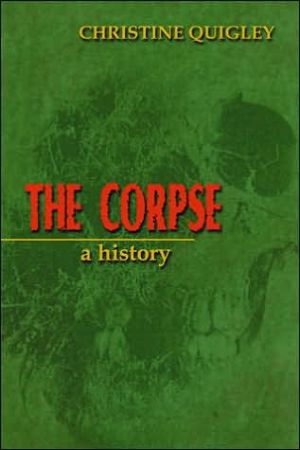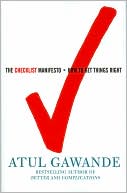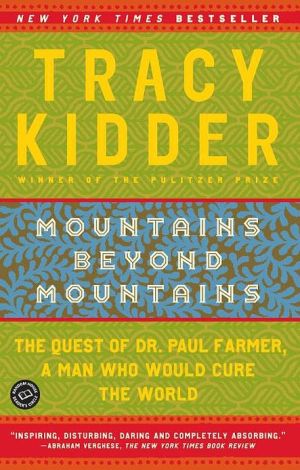The Corpse: A History
Throughout the centuries, different cultures have established a variety of procedures for handling and disposing of corpses. Often the methods are directly associated with the deceased's position in life, such as a pharaoh's mummification in Egypt or the cremation of a Buddhist.\ Treatment by the living of the dead over time and across cultures is the focus of study. Burial arrangements and preparations are detailed, including embalming, the funeral service, storage and transport of the body,...
Search in google:
Quigley (Georgetown U.) examines the treatment of dead bodies throughout history and across cultures. Coverage includes various procedures for preparing the corpse (embalming, mummification, etc.) as well as ways of disposing of it, such as burial, cremation, and donation to medical science. Other topics range from cannibalism to cryonics. This paperback volume is a reprint of the library bound edition, first published in 1996 by McFarland. Annotation ©2006 Book News, Inc., Portland, OR Library Journal The significance of the corpse in society reflects what we think about death and dying, notes Quigley. How the living deal with the lifeless body is based on a profoundly complicated set of cultural values. Quigley's Death Dictionary: Over 5500 Clinical, Legal, Literary and Vernacular Terms (McFarland, 1994), which chronicled a staggering number of euphemisms for death, made her aware of the many ways society has viewed the experience of death. Quigley here provides an historical overview of how Europeans treated and disposed of the dead. Specifically, she looks at the role of the corpse during the process of grief and how it has been prepared for funeral rites, as well as its value to other interested parties such as medical examiners. Based primarily on monographic sources, Quigley's book does not offer a major contribution to academic scholarship; it is, however, a fascinating and well-researched documentation of a compelling topic. Highly recommended for academic and public libraries.-Mary Hemmings, Univ. of Calgary, Alberta
Introduction1Pt. IThe Corpse as an Object of Grief7Pt. IIThe Last Rites of a Corpse47Pt. IIIThe Corpse and the Causes of Death105Pt. IVThe Recycling of the Corpse175Pt. VThe Keeping of the Corpse231Pt. VIRespect for the Corpse275Afterword303References313Bibliography337Index345
\ Library JournalThe significance of the corpse in society reflects what we think about death and dying, notes Quigley. How the living deal with the lifeless body is based on a profoundly complicated set of cultural values. Quigley's Death Dictionary: Over 5500 Clinical, Legal, Literary and Vernacular Terms (McFarland, 1994), which chronicled a staggering number of euphemisms for death, made her aware of the many ways society has viewed the experience of death. Quigley here provides an historical overview of how Europeans treated and disposed of the dead. Specifically, she looks at the role of the corpse during the process of grief and how it has been prepared for funeral rites, as well as its value to other interested parties such as medical examiners. Based primarily on monographic sources, Quigley's book does not offer a major contribution to academic scholarship; it is, however, a fascinating and well-researched documentation of a compelling topic. Highly recommended for academic and public libraries.-Mary Hemmings, Univ. of Calgary, Alberta\ \








